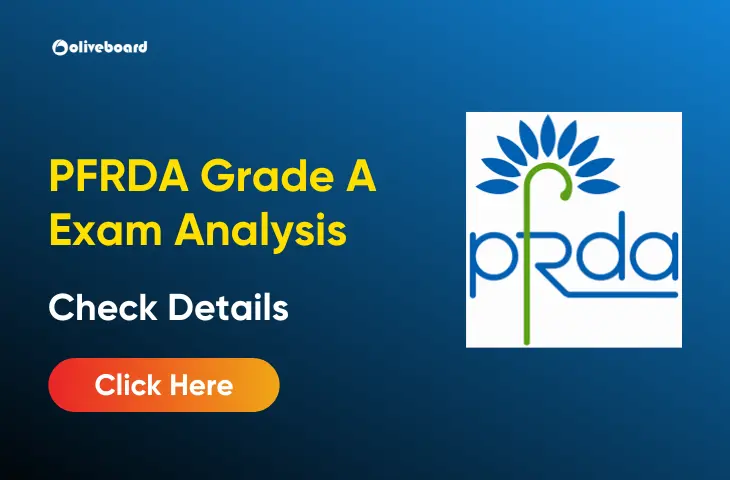The PFRDA Grade A Phase 1 Exam 2025 was held on 6th September 2025 across multiple centers in India. Thousands of aspirants appeared for the test, which is the first stage of the PFRDA recruitment process. The exam comprised two papers:
- Paper 1 (General Aptitude & Awareness) — common for all candidates.
- Paper 2 (Domain Knowledge) — focused on commerce, finance, management, and pension-related topics.
Here’s the detailed section-wise analysis covering difficulty level, topic-wise weightage, and expected cut-off.
Phase 1 (Paper 1) Difficulty Level
Paper 1 tested candidates on Reasoning, Quantitative Aptitude, English Language, and General Awareness. Overall, it was moderate in nature, with quant being the easiest and English slightly on the tougher side.
| Subject | Difficulty Level |
| Reasoning Ability | Moderate |
| Quantitative Aptitude | Easy |
| English Language | Moderate to Difficult |
| General Awareness | Easy to Moderate |
| Overall | Moderate |
Phase 1 (Paper 2) Difficulty Level
Paper 2 was more specialized, designed to test candidates’ domain knowledge. The questions were direct and largely conceptual, covering topics from commerce, finance, economics, costing, management, and the pension sector. Most candidates rated it easy to moderate.
| Subject | Difficulty Level |
| Commerce & Accounts | Easy to Moderate |
| Management | Easy to Moderate |
| Finance | Easy to Moderate |
| Costing | Easy to Moderate |
| Economics | Easy to Moderate |
| Companies Act | Easy to Moderate |
| Pension Sector | Easy to Moderate |
| Overall | Easy to Moderate |
Section-Wise Analysis
To give candidates a clear understanding of the exam, we’ve broken down the PFRDA Grade A 2025 Phase 1 Exam section by section. This helps aspirants know which areas were scoring, which were tricky, and where time management played a crucial role. Below, you’ll find the detailed weightage of topics, difficulty level, and the type of questions asked in each subject.
Reasoning Ability (Paper 1)
The Reasoning section was of moderate difficulty and included puzzles, critical reasoning, and traditional topics like syllogisms and coding-decoding. Puzzles formed the bulk of the section, with two time-consuming ones. Candidates who managed their time well found this section scoring.
| Topics | Number of Questions |
| Floor Based Puzzle (1 Variable) | 4 |
| Input Output | 5 |
| Scheduling Puzzle (5 Months, 2 Dates) | 5 |
| Critical Reasoning (CR) | 2 |
| Syllogisms | 2 |
| Alphabet Series | 1 |
| Coding-Decoding | 1 |
Quantitative Aptitude (Paper 1)
The Quantitative Aptitude section was one of the easiest this year, with a good balance of arithmetic and data interpretation. Most questions were direct and formula-based, making it a high-scoring area for well-prepared candidates.
| Topics | Number of Questions |
| Quadratic Equations | 5 |
| Data Interpretation (Bar Graph/Line Graph) | 5 |
| Time, Speed & Distance | 1 |
| Problem on Ages | 1 |
| Partnership | 1 |
| Number Series | – |
| Percentages | – |
| Averages | – |
English Language (Paper 1)
The English section was moderate to difficult, with a strong focus on comprehension and grammar. While RC passages were lengthy but manageable, many found sentence replacement and fillers slightly tricky.
| Topics | Number of Questions |
| Reading Comprehension (Intermittent Fasting) | 5 |
| Double Fillers | 4 |
| Error Detection | 3 |
| Sentence Rearrangement | 1 |
| Sentence Replacement | 5 |
General Awareness (Paper 1)
The General Awareness section was of easy to moderate level, with more weightage on current affairs from the last 6 months. Questions on regulatory bodies, important days, and recent schemes were also included, making it similar in trend to previous years.
| Topics | Number of Questions |
| Current Affairs | To be updated |
| Regulatory Bodies | To be updated |
| Banking & Financial Awareness | To be updated |
| Static GK | To be updated |
| Reports | To be updated |
Paper 2 (Memory-Based Questions)
Paper 2 tested domain knowledge, which is a key differentiator for candidates. The level was easy to moderate, and most questions were concept-based rather than numerical. Many questions were from familiar areas like costing, leadership theories, pension schemes, and finance.
- Commerce & Management: Manufacturing (Primary/Secondary), Lean Manufacturing, Grapevine Communication, Kaizen Principle, McGregor’s Theory X, Herzberg’s Theory, ESOP service requirements.
- Finance & Accounts: Absorption Costing, Profit After Tax, Dividend Rules, RBI Intervention (Russia-Ukraine War), NPS contribution limits, Finance Commission – Vertical Devolution.
- Economics & Public Finance: Law of Demand, Keynes vs Friedman Consumption Theories, Red Herring Prospectus, Repo vs SDF, RBI Capital, Supplementary Grants.
- Pension & Regulatory Sector: NPS Vesting Age, APY age/contribution rules, BRSR (SEBI 2021–22), PFRDA exposure limits.
- Miscellaneous: Six Sigma, DMAIC, Stable Coin, US Genius Act.
Expected Cut-Off (Phase 1)
Cut-offs depend on difficulty levels and the number of good attempts. With Paper 1 being moderate and Paper 2 being easy to moderate, the expected cut-off range is as follows:
| Category | Expected Cut Off |
| General | 45 – 50 |
| OBC | 40 – 45 |
| SC | 35 – 40 |
| ST | 33 – 38 |
Why This Analysis Matters
A well-done exam analysis is valuable in many ways:
- For Today’s Candidates: It helps them judge how they performed relative to the paper’s difficulty.
- For Future Aspirants: It shows the types of questions, weightage, and difficulty to expect in the PFRDA Grade A exam.
- For Strategy Building: Knowing which topics carry more weight (e.g., DI in quant, puzzles in reasoning, pension reforms in GA) helps aspirants prioritize.
- For Cut-Off Prediction: The overall analysis gives an early idea of safe scores.
FAQs
The PFRDA Grade A Phase 1 Exam 2025 is being held on 6th September 2025 (Saturday) in online mode.
Phase 1 has two papers:
Paper 1: General Aptitude (Reasoning, Quant, English, GA)
Paper 2: Domain Knowledge (Finance, Accounts, Management, Economics, etc.)
Yes, there is a negative marking of 0.25 marks for each wrong answer.
Total Marks: 200
Total Duration: 100 minutes
Paper 1 = 80 questions, 100 marks, 60 minutes
Paper 2 = 50 questions, 100 marks, 40 minutes
No, Phase 1 is qualifying in nature. Marks are not added to the final merit list but candidates must clear sectional and overall cut-offs.
- PFRDA Grade A Syllabus and Exam Pattern 2026
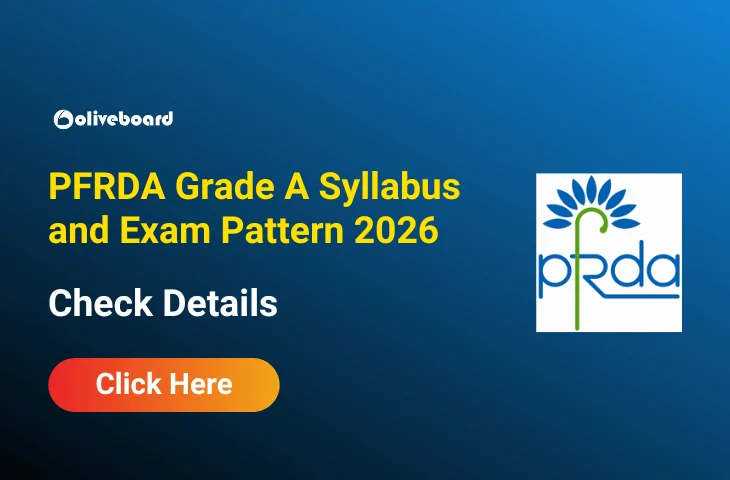
- PFRDA Grade A Assistant Manager Selection Process 2026, All Stages
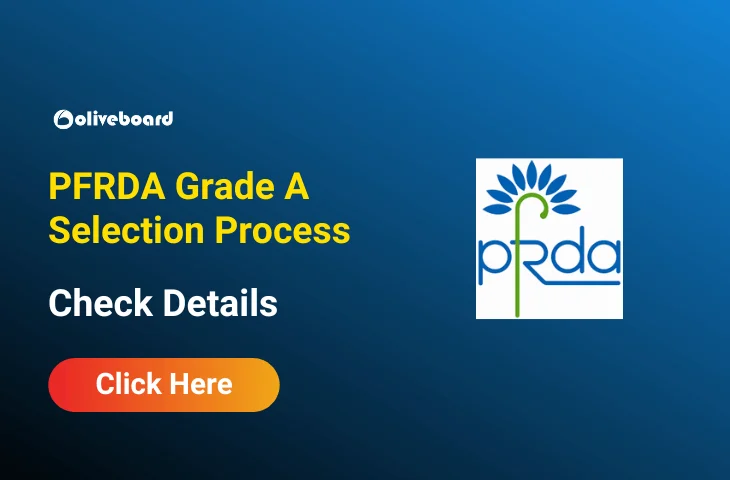
- PFRDA Grade A Recruitment Notice 2026, Download Notification PDF

- PFRDA Grade A Final Result 2025 Out, Download Result PDF
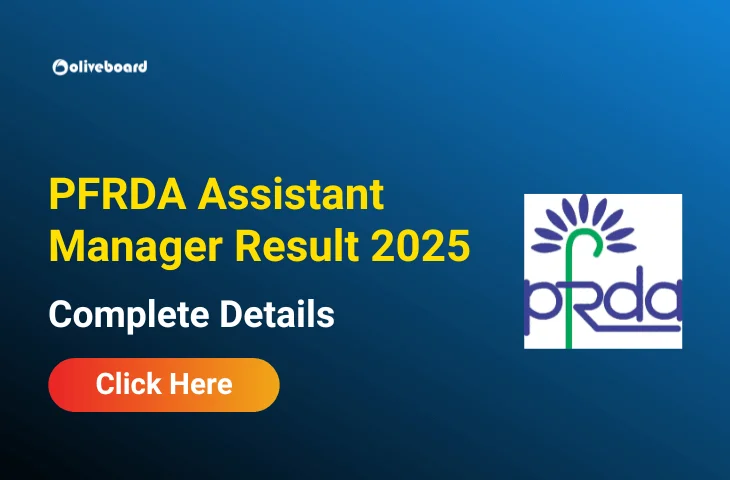
- PFRDA Grade A Eligibility 2026, Age Limit, Educational Qualification
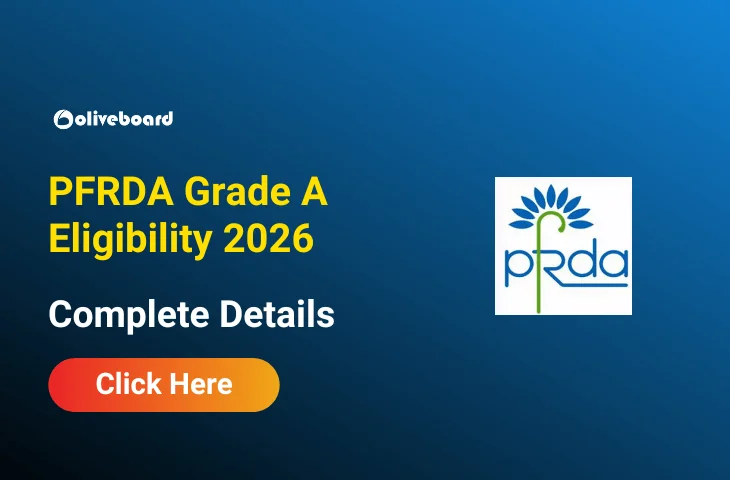
- PFRDA Grade A Exam Date 2026, Prelims and Mains Exam Schedule
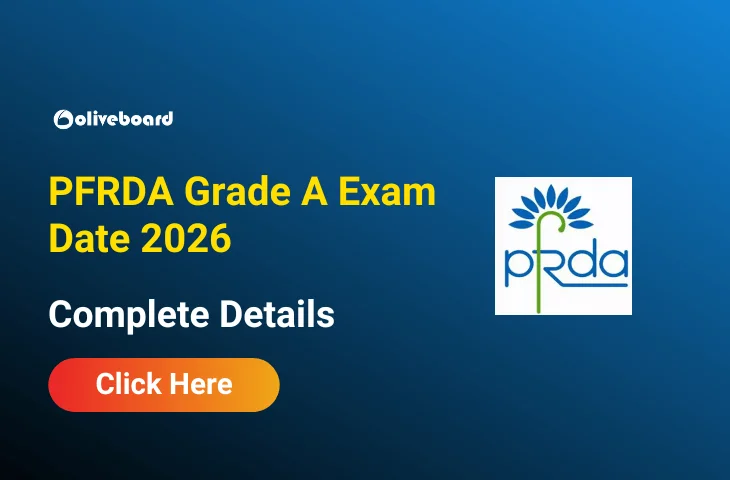

Priti Palit, is an accomplished edtech writer with 4+ years of experience in Regulatory Exams and other multiple government exams. With a passion for education and a keen eye for detail, she has contributed significantly to the field of online learning. Priti’s expertise and dedication continue to empower aspiring individuals in their pursuit of success in government examinations.
